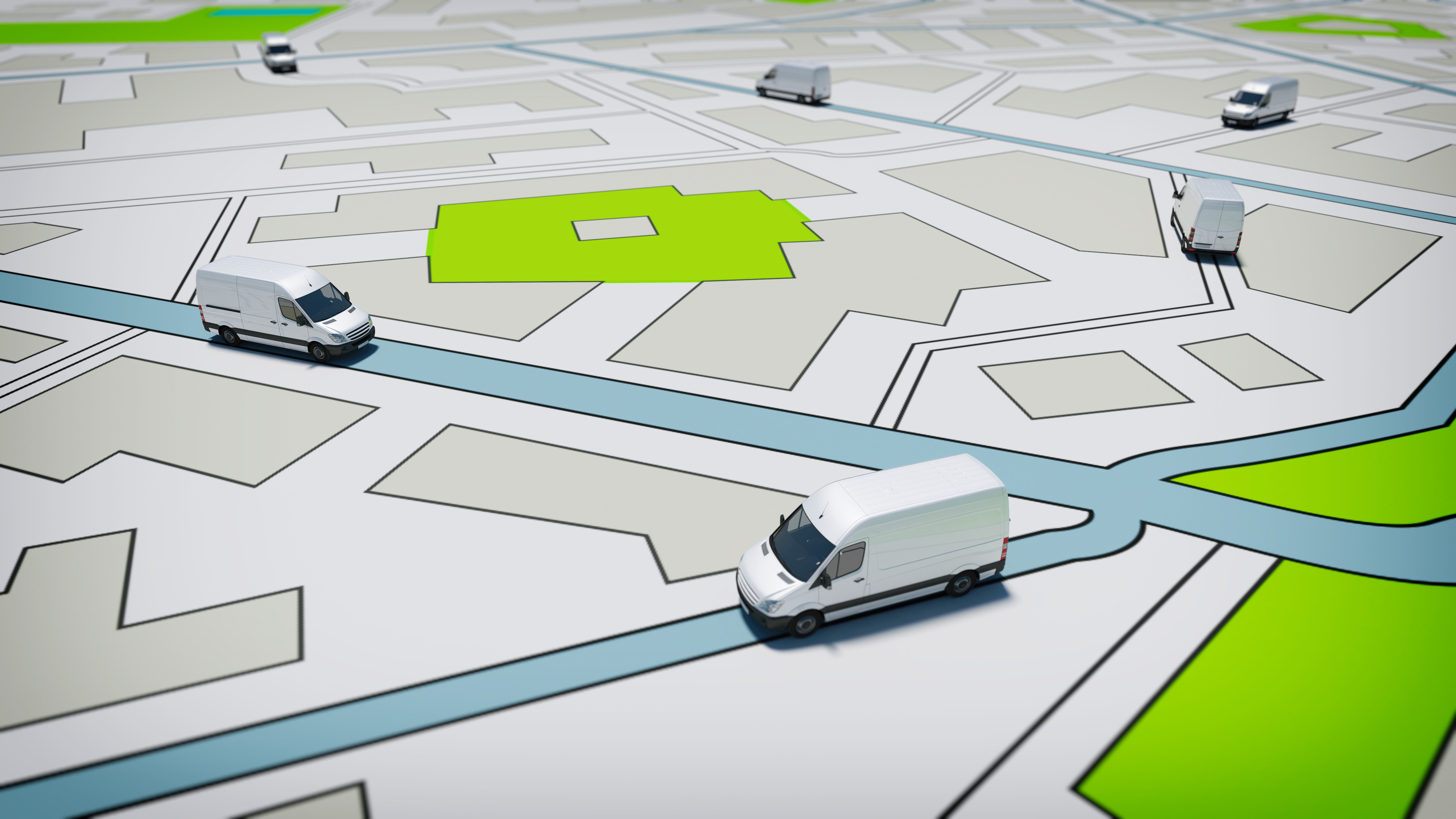What is WWAN (Wireless Wide Area Network)?
A WWAN uses cellular technology, such as 3G, 4G, or 5G, to create a wireless connection over a wide area. WWANs provide high-speed data connections over long distances. They are often used in areas where there is no wired internet connection available, such as in rural areas or when travelling.
Read more





